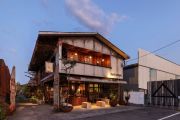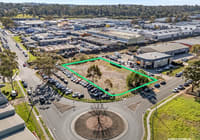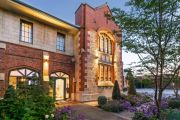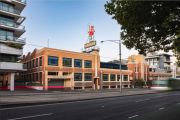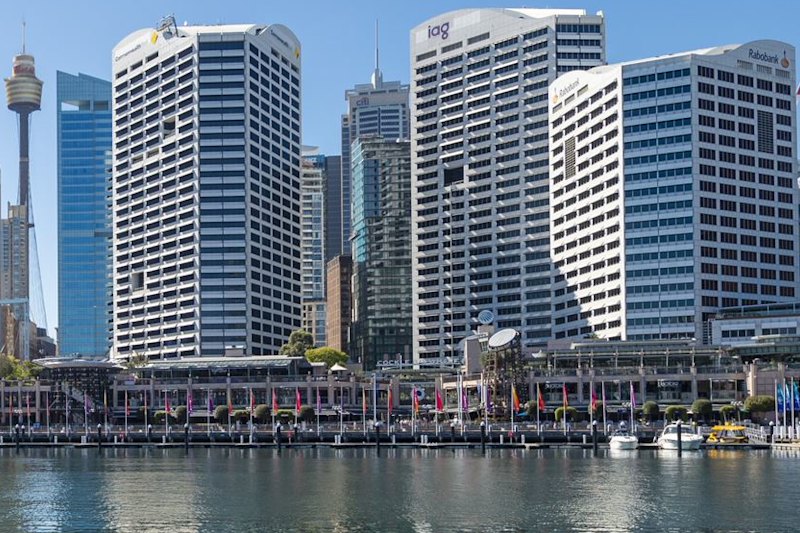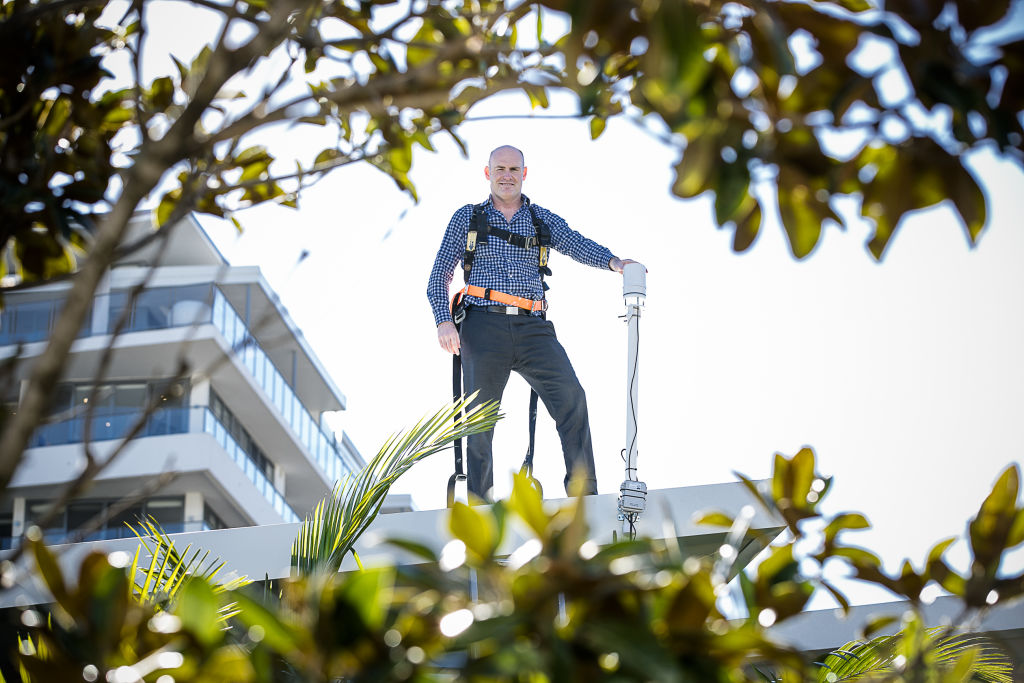
No gatekeeping on climate challenge: developer offers competitors eco-design guide
The parent developer of a booming Sydney mixed-use business, retail and residential precinct is offering rival property companies his environmentally-friendly template in the hope that more sustainable projects will be built all across Australia.
Mulpha, which aims to lower the heat by two degrees in Norwest – its major master-planned community in the city’s north west – has now published an urban heat cooling guide, aiming for it to be picked up by all developers.
“The purpose of this was not only to improve the performance of developments in Norwest, but also create a more pleasant environment in which to live and work, and address some of the challenges of climate change,” said Tim Spencer, Mulpha’s head of developments. “It was also to provide a template for others to use and adapt for their own projects.
“There’s no one big silver bullet, but you have to do a whole lot of things, and we hope this will help everyone. We’re happy to help our competitors with this. The results could pay us all back in spades.”
The guide is the result of two years of monitoring and analysing Norwest’s micro-climate from a network of 15 environmental sensors placed around the precinct to work out how everything is working in the face of climate change.
Mulpha’s policy of minimising heat build-up uses a number of strategies, including extensive landscaping, rewilding of surfaces, planting mature trees for canopy cover, water features, having passively-designed buildings set back from roads and properly orientated to reduce heat, grass verges, shading, and using light-coloured materials for high solar reflectivity.
Even the direction of prevailing winds has been studied in order that they can be cooled as they blow across the landscaping and so dissipate their heat. The precinct also has three waterways and a major lake, so evaporation has become another big tool in the battle.
“We have fountains in the waterways that historically have been placed randomly but we understand we can now locate them to deal better with the prevailing winds and prove natural misting, as well as having a visual effect,” Spencer said.
“We looked at different ways to collect water, too, and we’re getting rid of as much paving as we can. Effective collection of data and analysis by world-leading experts is central to our vision for Norwest as a Smart City that leads the way in urban design.”
Mulpha’s partner in the venture is the University of NSW School of Built Environment, where Dr Paul Osmond, associate professor of sustainable development, has been helping improve outcomes.
While Osmond has also worked on projects in South Melbourne, Western Sydney and Canberra, he says this is the first one he’s ever done with a major developer.
“Some developers are more interested than others, but Mulpha is looking at being an early adopter,” he said. “Some are looking at bits and pieces of different solutions, but they’re being very systematic about looking at a range of heat mitigation solutions.
“It’s great working with a new development because there are then more opportunities to get in at ground level and come in with detailed design guides. We’d hope that other developers in different locations will also get on board.”
Osmond says they’re drawing on work from previous projects, the data and all the research that’s taken place before on urban heat and morbidity, then looking at a range of design solutions that have the capacity to cool.
But for Spencer, one of the most rewarding aspects is how customers are now so keen on sustainable buildings in precincts that are as environmentally-friendly as possible.
A new next-generation timber building The Bond, the first of three planned healthcare and commercial buildings, has topped out – and sold every single one of the 64 strata suites before completion due soon. Over its seven floors, it has the potential to be carbon-neutral over its lifecycle, which proved a major attraction.
“I’ve never sold out a commercial tower before completion, ever in my career,” Spencer said. “And we started selling at $7500 a square metre and the last sale was at $12,000 a square metre.
“Three years ago, sustainability and the climate wasn’t on our customers’ radar, either commercial or residential. It wasn’t something people were prepared to pay for. But now things have changed completely.”
